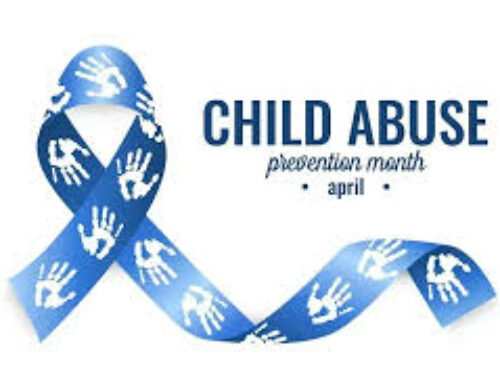Published in the Oct. 2-15, 2013 issue of Morgan Hill Life
By Paul Rakitin
While running, no other part of the body withstands as much abuse as our feet. Runners and walkers often experience an array of foot

Paul Rakitin
problems. Injuries that affect the toes, joints, arches, nerves and tendons can be associated with improperly fitted shoes. Blisters, black toenails, calluses’ and fungal infections can also punish a runner’s feet and cause extreme discomfort.
Shoes typically last from 300 to 600 miles depending upon the individual’s efficiency, running style, body weight and running surfaces. Generally speaking, a quality pair of shoes should cost about $115. Consider this amount minimal compared to medical bills because of injuries caused by improperly fitted shoes. I tell my customers that they can always run in old T-shirts and shorts, but they shouldn’t skimp when it comes to buying shoes and socks.
When it comes time to finding the right shoe to avoid foot problems, visit a specialty running shoe store where the staff can evaluate and analyze your specific needs. Make sure you try on several different brands of shoes. The make or model your friend wears or a magazine gives a glowing review on may not be the right shoe for you.
The correct width and length of the shoe is crucial. All running specialty companies offer shoes in both narrow and wide models. The toes should be able to splay out freely without feeling confined. Ideally, you should have a small finger width between your longest toe and the tip of the shoe, never touching the end of the shoe even when stepping forward. The widest part of your foot should not push out the side of the shoe, or have extra material and creasing in the upper. These are clear signs the shoe is either too wide or too narrow. The foot swells during long runs and the extra room can accommodate expansion.
Before you put on your socks, make sure your feet are dry and your toenails trimmed to avoid ingrown nails. Use an anti-chafing, non- petroleum based products like Body Glide to prevent blisters. Ensure your socks are made from moisture-wicking synthetic materials. Cotton holds moisture in its fibers and can keep your feet damp from sweat, causing further irritation to the skin resulting in blisters.
Look for socks that are form-fitting and do not slip around your foot as this may also cause blisters. No show and low cut socks are popular but can sometimes slip down behind the heel when you are running. Purchase several brands and styles to find which sock style works best for you.
If you spend time on the treadmill and use the locker rooms after your workout, make sure you use shower shoes or sandals to prevent acquiring a fungal infection. This painful condition can be difficult to treat and can take weeks to get rid of.
Our feet are our foundation and our base, yet too often we neglect taking proper care of them. Taking the time to care for your feet by wearing the right shoes and socks for you will enhance your running and walking experiences.
Paul Rakitin is the owner of The Running Shop, located at 16999 Monterey Road, Suite D.






